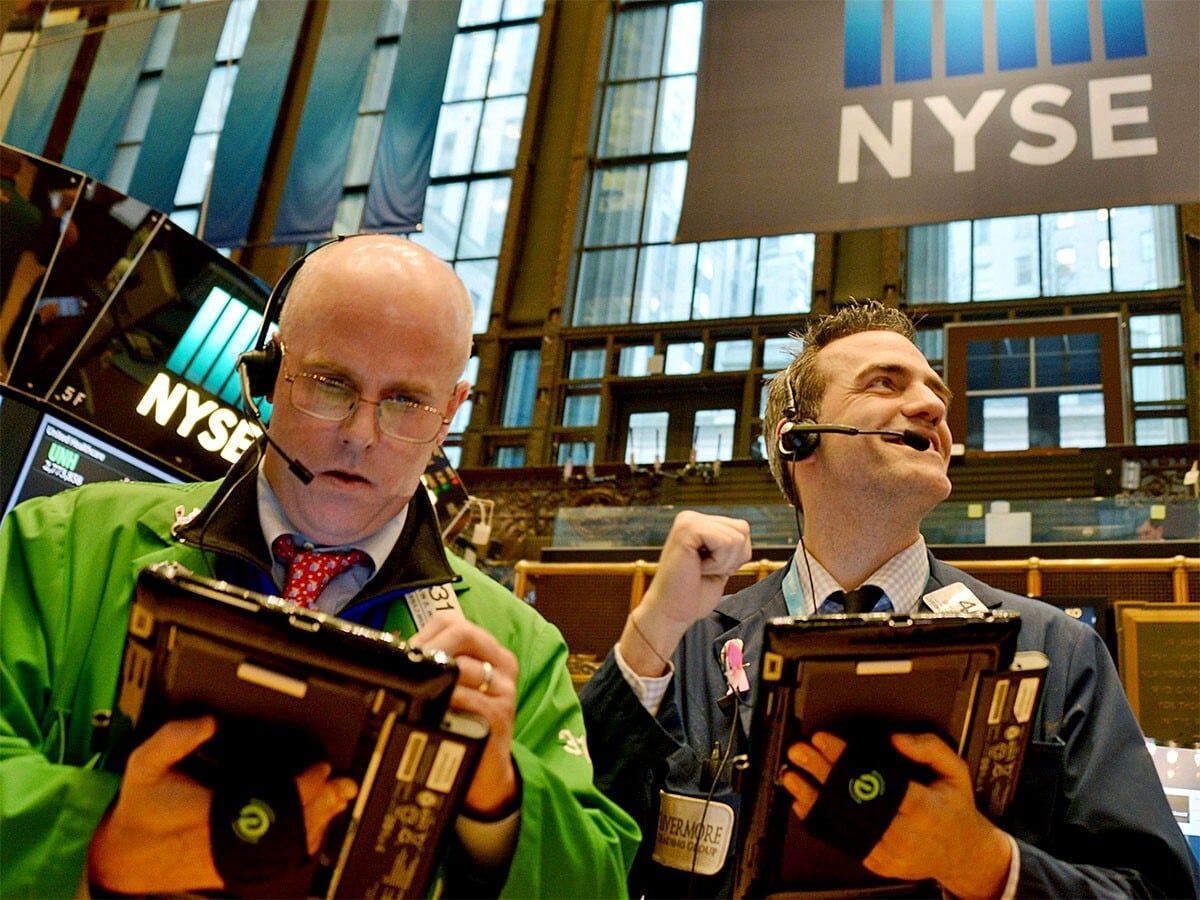Active ETFs have been buoyant in the US since the start of 2021. According to the most recent figures from a Trackinsight Global ETF survey, in the first quarter a huge 52 of the 77 newly launched ETFs were active.
Trackinsight revealed that the surge was being driven by provider ARK Invest whose ETFs, represented close to two-thirds of the total assets invested in active ETFs. Over the quarter, ARK registered significant inflows of $16bn.
Funds include the ARK Autonomous Technology & Robotics ETF [ARKQ] which has assets under management of $3.09bn and a year-to-date-total daily return of 6.09%, according to Yahoo Finance.
The ARKQ typically has between 30 and 50 holdings led by Tesla [TSLA] with a 10.83% weighting, software and hardware tech group Trimble [TRMB] with 6.24%, Kratos Defense & Security [KTOS] with 6.36% and Unity Software [U] with 3.31% as of 2 September.
Vanguard also had a stellar quarter with, according to Trackinsight, a 31.4% year-on-year increase in assets in active ETFs to $5.3bn.
It’s funds include Vanguard U.S. Momentum Factor ETF [VFMO] which has a year-to-date daily total return of 17.26% and total assets of $118.47m, according to Yahoo Finance. Its holdings include Capital One Financial Group [COF], Johnson Controls International [JCI], Target Corporation [TGT] and Charles Schwab [SCHW].
Other stand-out active ETFs include the Amplify Transformational Data Sharing ETF [BLOK] which invests in companies actively involved in the development and utilisation of blockchain technologies.
It has a year-to-date total daily return of 41.31% and total assets of $1.15bn, according to Yahoo Finance. Its holdings include MicroStrategy [MSTR] with 6.35%, Square [SQ] with 4.59% and PayPal [PYPL] with 4.81%.
Europe, in contrast to the US, has had a disappointing first quarter for active ETFs. Assets have dropped 4.5% over the period according to Trackinsight and represent less than 2% of total assets in European ETFs.
Why the difference?
The US is a particularly buoyant market for ETFs given the changes in Securities and Exchange Commission (SEC) Regulations in 2019, which allowed for portfolio shielding semi-transparent ETF models.
This meant fund managers did not have to disclose full daily holdings of their active ETFs, instead being able to publish a daily proxy portfolio to give investors a sense of what is included. They do, however, have to disclose them on a quarterly basis.
“Semi-transparent ETFs allowed investors to access strategies that previously might only be available under mutual funds or separately managed accounts,” said Giang Bui, head of US exchange traded products for Nasdaq as reported by the Financial Times in May of this year.
At present only US equities can be included in semi-transparent ETFs but, according to a survey from Brown Brothers Harriman in March of this year, investors are calling for fixed income to be covered as well.
For example semi-transparent active ETF Fidelity Blue Chip Growth ETF [FBCG], which has a year-to-date total daily return of 16.73% and total assets of $372.55, according to Yahoo Finance. Holdings include Nvidia [NVDA] and Alphabet [GOOG], according to its latest quarterly review.
In its factsheet it warns investors that ‘this ETF is different from traditional ETFs’ which tell the public what assets they hold each day.’ This ETF does not. ‘This may create additional risks for your investment. For example: You may have to pay more money to trade the ETF’s shares. These ETFs will provide less information to traders who tend to charge more for trades when they have less information,’ it states.
Little consistency
It is partly for reasons of caution that European regulators have been reluctant to follow the SEC, although, according to Hector McNeil, co-CEO of white label ETF provider HANetf, there is little consistency across exchanges when it comes to even conventional active ETFs.
The London Stock Exchange, although requiring conventional active ETFs to disclose their Net Asset Values and number of outstanding shares daily, states that they do not have to provide full daily holdings disclosure. In the Borsa Italiana and the Euronext Dublin — under the regulation of the Central Bank of Ireland (CBI) — holdings do have to be disclosed daily. McNeil says there is a fear about market abuse but that it is stymieing active ETF development in Europe.
“Our view is that most UCITS mutual funds don’t disclose daily holdings so why should ETFs?,” he tells Opto. “We believe that eventually the CBI will follow the SEC and allow these. Rightly or wrongly active managers believe they have IP in their investment decisions and as such don’t want to disclose those choices as they fear people can copy them or front run [market makers dealing on advance information].”
Ciaran Fitzpatrick, head of ETF Servicing, Europe at State Street, recently told the Financial Times that a unified approach between the International Organisation of Securities Commission (IOSCO) and the European Securities and Markets Authority (ESMA) is needed rather than go-aheads by individual regulators such as the CBI.
“You need EMSA and IOSCO to give a blanket approval so that the individual regulators can follow suit,” he said in May.
Back in 2019 he told ETF Stream that European regulators were at least two years away from deciding on semi-transparent ETFs.
The clock is ticking, but the mood for active change is growing.
Disclaimer Past performance is not a reliable indicator of future results.
CMC Markets is an execution-only service provider. The material (whether or not it states any opinions) is for general information purposes only, and does not take into account your personal circumstances or objectives. Nothing in this material is (or should be considered to be) financial, investment or other advice on which reliance should be placed. No opinion given in the material constitutes a recommendation by CMC Markets or the author that any particular investment, security, transaction or investment strategy is suitable for any specific person.
The material has not been prepared in accordance with legal requirements designed to promote the independence of investment research. Although we are not specifically prevented from dealing before providing this material, we do not seek to take advantage of the material prior to its dissemination.
CMC Markets does not endorse or offer opinion on the trading strategies used by the author. Their trading strategies do not guarantee any return and CMC Markets shall not be held responsible for any loss that you may incur, either directly or indirectly, arising from any investment based on any information contained herein.
*Tax treatment depends on individual circumstances and can change or may differ in a jurisdiction other than the UK.
Continue reading for FREE
- Includes free newsletter updates, unsubscribe anytime. Privacy policy





